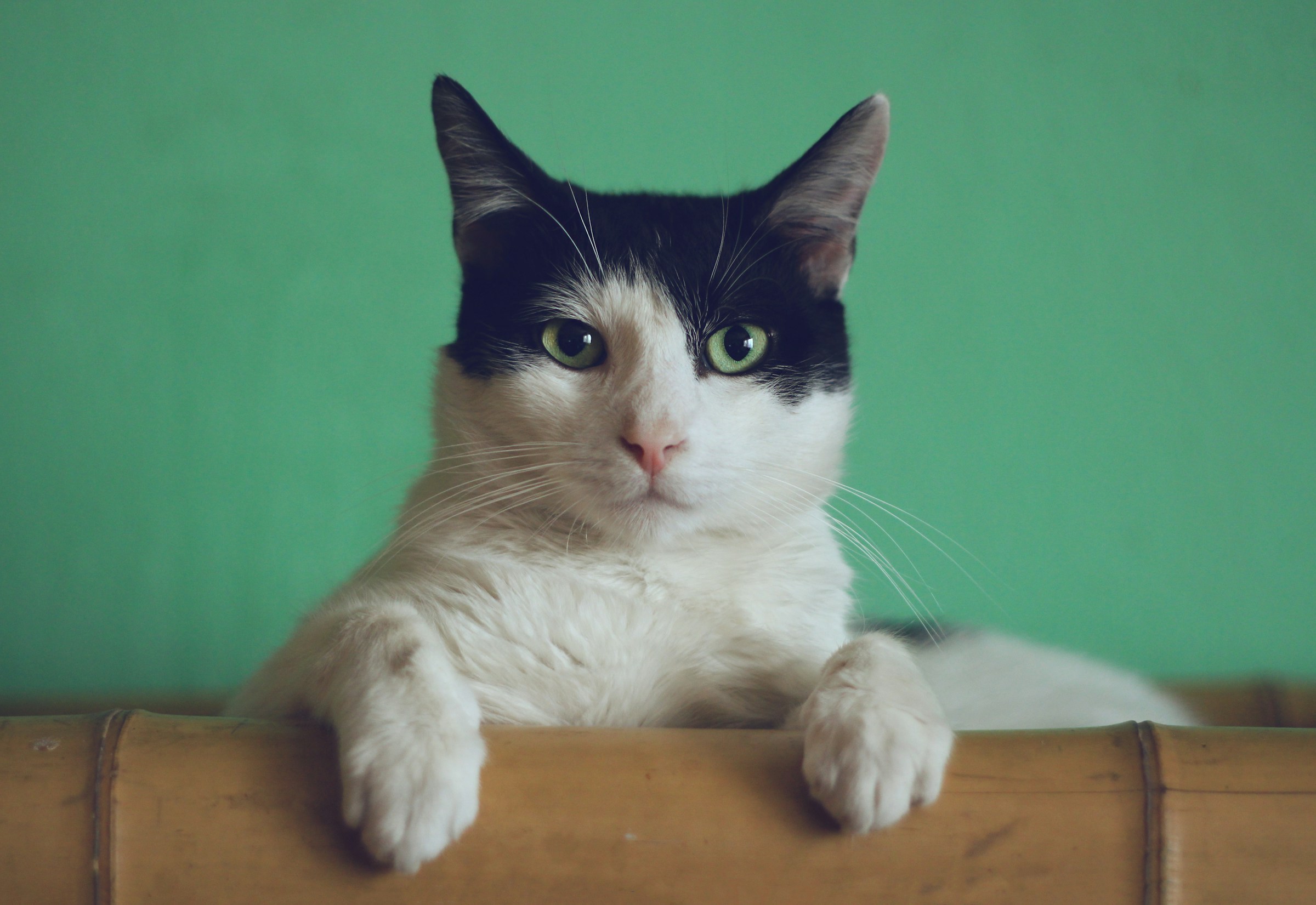Cats need exercise and mental stimulation to thrive. An indoor agility course can transform your living space into a playground that engages your feline friend. You can enhance their physical fitness while boosting their confidence and problem-solving skills. Imagine watching your cat leap, climb, and navigate challenges—all tailored to their unique personality. This guide will provide creative ideas and practical steps to design an exciting course, ensuring your cat's health and happiness shine through every playful moment. Discover how to turn your home into a feline adventure zone today!
Understanding the Benefits of Indoor Agility Courses for Cats
Indoor agility courses provide a multitude of benefits for cats, enhancing both their physical and mental well-being. One of the primary advantages is the physical exercise for cats. By navigating through obstacles, cats improve their fitness levels, which aids in weight management. Regular physical activity helps prevent obesity, a common issue in domestic felines, and contributes to overall health.
Lire également : How do you create a stress-free routine for a cat undergoing chemotherapy?
Beyond the physical perks, agility training offers significant mental stimulation for cats. Engaging in problem-solving activities, such as figuring out how to maneuver through tunnels or leap over hurdles, keeps their minds sharp. This mental engagement is crucial for indoor cats who might not experience the same variety of stimuli as their outdoor counterparts.
Moreover, the long-term behavioral benefits of agility training are noteworthy. Cats that regularly participate in these courses often exhibit reduced anxiety and boredom. The structured playtime provides an outlet for their energy, leading to a more balanced and contented pet. This reduction in stress-related behaviors can result in a more harmonious relationship between cats and their owners.
Sujet a lire : What are the steps for designing an enriched play environment for a cat with limited vision?
In summary, indoor agility courses serve as a comprehensive solution for enhancing a cat's life, offering both physical and mental enrichment while fostering positive behavioral changes.
Essential Materials for Building Your Indoor Agility Course
Creating an indoor agility course for your feline friend can be both fun and rewarding. To get started, you'll need some essential agility course materials. Recommended items include tunnels, jumps, and platforms. These elements not only provide physical challenges but also stimulate your cat's curiosity and problem-solving skills.
For those interested in a DIY cat agility setup, there are cost-effective options available. You can use cardboard boxes to create tunnels or stackable containers to form platforms. Even simple broomsticks can be transformed into jumps. This approach allows you to customize the course to suit your cat's preferences and your space constraints.
When selecting materials, safety should be a top priority. Ensure that all items are stable and free of sharp edges to prevent injuries. It's also important to choose non-toxic materials, as cats tend to explore with their mouths. Regularly inspect the equipment for wear and tear to maintain a safe environment.
By focusing on these key elements, you can create a stimulating and secure cat agility course that enhances your cat's physical and mental well-being.
Designing the Course Layout
When crafting an indoor agility course design, several factors should be carefully considered to ensure an engaging experience for your feline friend. The available space and your cat's behaviour are paramount. Cats with high energy levels may benefit from a more complex cat agility course layout with numerous obstacles, while more reserved cats might prefer a simpler setup.
Suggested Layouts
For smaller rooms, consider a compact layout that maximises vertical space. Stackable platforms and wall-mounted shelves can create a stimulating environment without overwhelming the area. In larger spaces, a more expansive design with a variety of obstacles like tunnels and jumps can be implemented, allowing your cat to roam and explore freely.
Obstacle Placement Tips
To maintain your cat's interest, it's crucial to create a seamless flow between obstacles. Start with a simple sequence, such as a tunnel leading to a jump, followed by a platform. This encourages continuous movement and engagement. Adjust the obstacle placement periodically to keep the course fresh and challenging.
By paying attention to these details, you can design a course that not only fits your space but also caters to your cat's unique personality, ensuring a fun and stimulating environment.
Encouraging Participation and Training Techniques
Introducing your feline friend to agility obstacles can be a rewarding experience when approached with the right techniques. Training cats for agility requires understanding their unique motivations and behaviours. Begin by familiarising your cat with the agility course in a non-intimidating manner. Allow them to explore the setup at their own pace, ensuring they feel comfortable and confident.
Motivating Cats
To effectively motivate cats, incorporate their favourite treats and toys into the training process. Use these incentives to guide them through the course, rewarding them for each successful obstacle they navigate. This form of positive reinforcement for cats not only encourages participation but also strengthens the bond between you and your pet. Remember, each cat is different, so experiment with various rewards to see what works best.
Patience and Gradual Training Methods
Patience is key when training cats for agility. Start with simple obstacles and gradually increase the complexity as your cat becomes more adept. This step-by-step approach helps prevent frustration and keeps the experience enjoyable. Consistent practice, paired with positive reinforcement, will lead to gradual improvement in your cat's agility skills.
By focusing on these techniques, you can create a fun and engaging environment that promotes your cat's physical and mental development.
Safety Tips and Maintenance for Your Agility Course
Ensuring a safe play environment for cats is paramount when setting up an agility course. Start by implementing key cat safety tips to prevent injuries. Ensure all equipment is stable and free from sharp edges. Secure each piece firmly to avoid tipping or collapsing during play. Regularly inspect the course for wear and tear, replacing any damaged parts promptly.
Key Safety Measures
- Supervision: Always monitor your cat during agility sessions. This allows you to intervene if your cat becomes overly excited or if an obstacle poses a challenge.
- Spacing: Maintain adequate space between obstacles to prevent collisions. This is crucial for high-energy cats that may move quickly through the course.
Regular Maintenance
Routine checks are essential for maintaining agility course safety. Inspect tunnels, platforms, and jumps for stability. Tighten loose screws and replace worn materials. By doing so, you ensure the course remains a safe and engaging environment for your cat.
Importance of Supervision
Supervision is not just about safety; it also enhances the training experience. Watching your cat navigate the course allows you to adjust obstacles for better engagement and learning. This attentive approach ensures your cat enjoys a secure and stimulating playtime.






